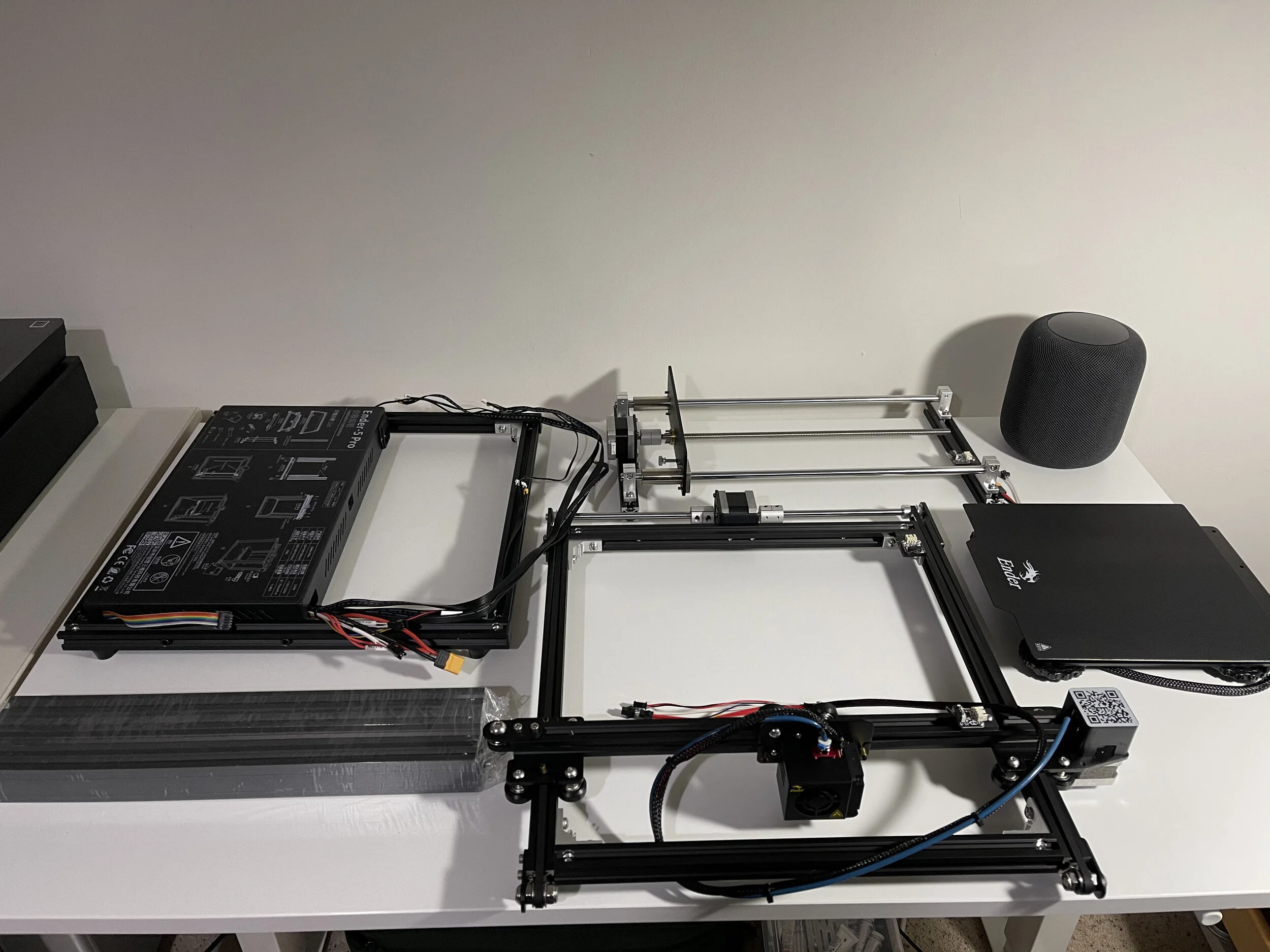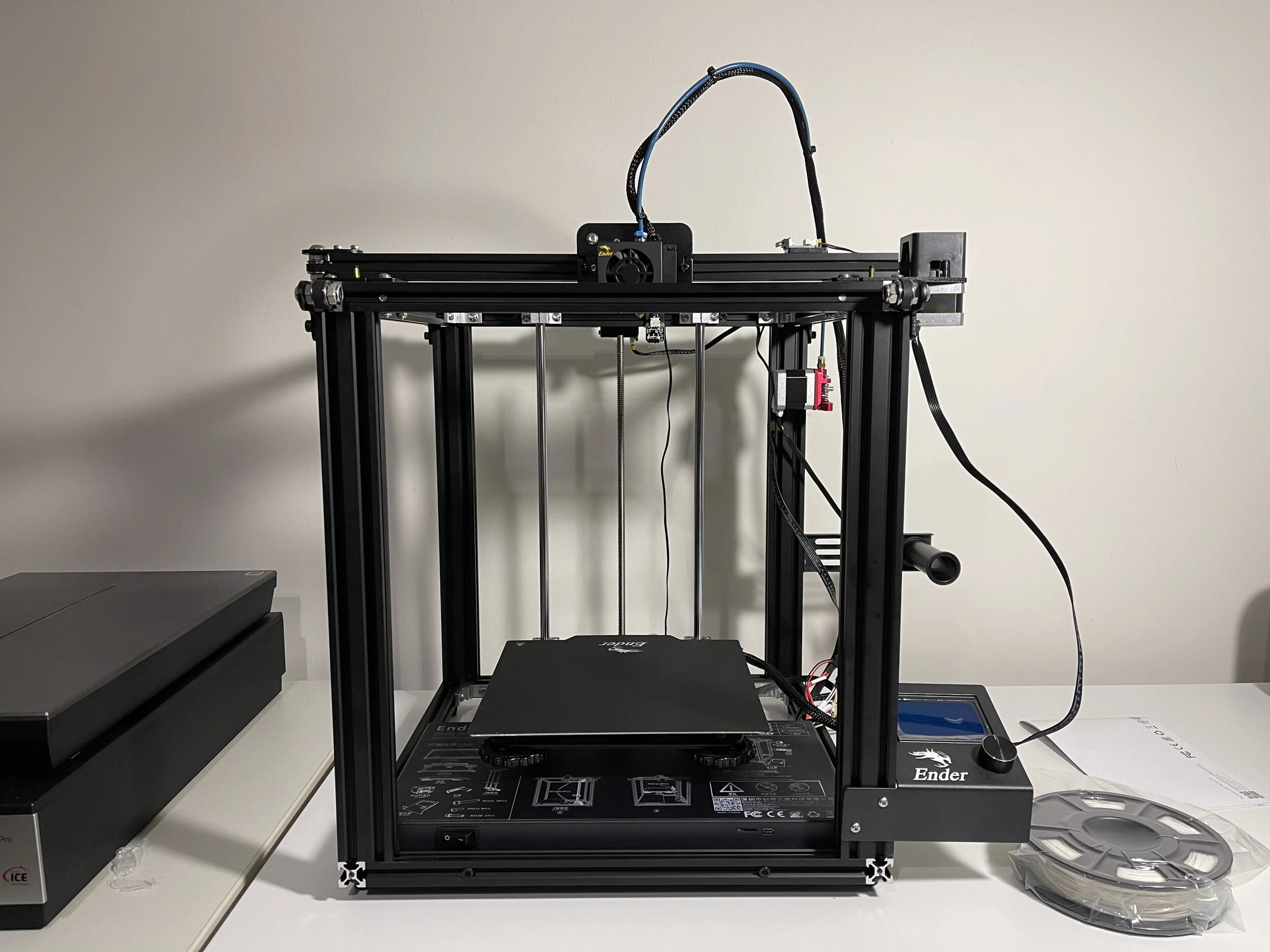The concept of creating a 3D model of my head I found fascinating. I liked the fact that I could photograph a physical object using natural light. I also liked that I was moving away from a flat image which photography is usually about. In my working life in Architecture, I was trained to think in three dimensions and felt comfortable pursuing the idea. The finished results, I believe, were successful, it tied in with the narrative of my memories and particularly my Mother’s presence. I always envisaged the heads to be shown in an exhibition environment, and the viewer can walk around the objects. However, I have found it difficult to incorporate the images in my FMP and fit in with the archive images. I have decided to include them at the end of my work as part of the exhibition.
Model of my head with my Fathers face superimposed








